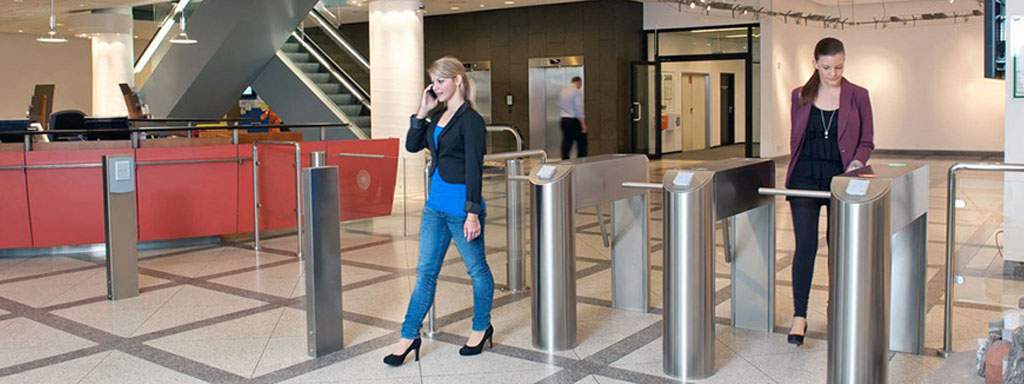Implementing sustainable mobility
Managing traffic on the roads and taking huge steps is always a difficult political decision. The thought of opening pedestrian areas might be popular and well known but to execute such a measure in itself is still a very pioneering endeavor. Cities in any country which do have pedestrian areas are generally extremely old cities or it is easier to garner political as well as public approval to make pedestrian areas by closing the major historical square or street, which may be a national heritage. The genuine challenge is for young cities like Brentwood which was built between the year 1920s and 1930s, already with the intention of permitting traffic flow through the main streets. To close one or two of those major arteries – the major shopping street in Brentwood – is very inventive and shows real maturity in introducing sustainable transport in the city.
The role of Traffic control and engineering work.
At present, there are no pedestrian areas in Brentwood. The City with its fast financial development is undergoing a steady transition from industrial and harbor city into a business centre. Areas in the vicinity of the harbor are subject to the redevelopment. Considering the character of the city and the remarkable role of tourism for the city, there is still a need to boost the popularity of the chief area of the city centre. The recently designed road gained diverse specificity as a result of the aforesaid project which attained and significantly contributed to increasing the fame of the area amongst the pedestrians. Traffic lights and pedestrian signals would be installed in places that would still be open for the vehicles.
The main objectives of this measure are:
- to reduce traffic in the city centre by 10% as well as to reduce negative impacts from traffic and congestion
- to generate pedestrian areas
- to boost the attractiveness of the city as well as the satisfaction of people
How did the measure progress in pedestrian management system?
Closing parts of the city’s road network to vehicular traffic will permit as well as stimulate communication amongst the local authorities, the public and other stakeholders such as shopkeepers in the city centre. It will ease the growth of procedures, rules, and regulations, as well as a construction for establishing pedestrian areas. The research will be done within measures of the G1.2 Community project studies from the Traffic model development to expand the traffic area, on the scope as well as the timeframe for closing Street in the tourist area of the city centre. The necessary traffic reorganization for that time will be developed by any organization.
The main activities within the preparation and planning of the pedestrian management system involve:
- Preparation as well as verification of documentation along with designs.
- Conducting a survey to locate out citizens’ opinions on closing selected streets for traffic in the city centre.
- A collection of the compulsory data on the traffic management as well as volumes.
- Consultations with the local authorities, local community as well as stakeholders.
- Preparation of traffic in the city centre reorganization.
- Set up of the test closures on the selected streets as well as temporary traffic reorganization.
- Workshops for residents and entrepreneurs and other interested parties.
- Surveys on the pedestrians.
- Marking the places where the pedestrian friendly traffic lights would be installed.
Implementation as well as demonstration of pedestrian management system
Closing the streets with the traffic reorganization in the city centre will be executed after the successful consultation with the public as well as after the procedures; rules along with regulations as well as structure for setting up the pedestrian areas have been developed.
During the completion phase the following tasks will be executed:
- execute the pilot project of the pedestrian zone
- Install pneumatic pillars or other means of access to implement the restriction on the street opened to pedestrians
- Prepare a report on the pilot project, including opinions of the citizens as well as other stakeholders (i.e. shopkeepers)
Positive Outcomes of this step:
- Temporary or the permanent elimination of car traffic on chosen parts of streets
- Building pedestrian areas in the city centre
- The decrease of the traffic in the city centre by 10% .
- Wide public agreement on the pedestrian areas amongst public as well as shopkeepers
- Optimized traffic routing as well as parking in relation to the fresh pedestrian area




